- 9973
- 1
Sharing Ideas and Updates on LPG in Nigeria and related information to enable effective collaboration within the LPG Value Chain
Nigeria LPGas Annual Report 2023 By HYDROCIS: Insights And Analysis
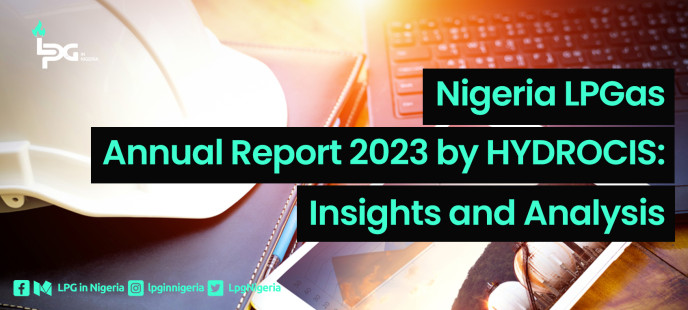
Global LPG Industry Overview:
1. In 2023, global LPG consumption witnessed a 3% decline due to decreased use in Autogas vehicles and increased focus on agricultural usage.
2. Despite these obstacles, the market rebounded in the latter half of the year, driven by opportunities in the Autogas sector.
3. Global demand for LPG reached 342 million tonnes.
4. Global production of LPG reached 344 million tonnes.
Market Insights:
1. Nigeria's LPG consumption in 2023 grew by 10% year on year compared to 2022 but fell short of surpassing 2021 levels.
2. Nigeria's LPG market faced challenges, with prices reaching record highs amidst currency fluctuations and supply chain disruptions.
3. Macroeconomic factors and policy changes, including currency devaluation and subsidy removal, influenced market dynamics.
4. Quarterly market volumes fluctuated, with Q3 experiencing the highest growth and Q2 witnessing a slight decrease.
Producer Analysis:
Coastal terminals accounted for 82% of Nigeria's LPG market volume, with inland producers contributing the remaining 18%.
Butane remained the dominant product, comprising 76% of total volume, followed by propane (14%) and LPG (10%).
Shipping Trends:
LPG volumes delivered via vessels increased by 11% in 2023, with 20 vessels servicing Nigeria's market.
Alfred Temile, Verranze, and Nisyros were the top vessels, contributing significantly to the total shipped volume.
Refinery Status:
Despite Nigeria's seven refineries, only four major ones were analyzed.
Kaduna, Port Harcourt, Dangote, and Warri refineries faced operational challenges, with limited or no production reported.
Pricing Trends:
International price indexes fluctuated throughout the year, with the Argus Far East Index consistently higher than the Mont Belvieu Index.
Local LPG prices surged, driven by FX pressure and crude oil price hikes, reaching all-time highs in October.
Trucking Overview:
Over 2,000 trucks transported LPG across Nigeria, despite challenges like bad roads.
Rising demand for LPG, CNG, and LNG contributed to increased trucking activity.
Terminal Operations:
Coastal terminals received 11% more volume in 2023, with over 80 terminals in operation.
Import volumes accounted for 46% of total receipts, with Togo, Ghana, and Equatorial Guinea being major sources.
Plant Distribution:
Nigeria boasts over 500 verified gas distribution plants, concentrated in the South-West and South-South regions.
LPG News Updates:
Sahara Group invested $142 million in two LPG vessels.
President Tinubu announced the end of fuel subsidies.
Matrix Energy terminal resumed operations after an explosion.
Nigeria secured a $500 million gas export deal with Germany.
Niger banned LPG exports to Nigeria, affecting cross-border trade.
Globally, the consumption of LPG has witnessed significant growth over the past decade due to its versatility, efficiency, and environmental benefits. LPG is preferred by households, industries, and commercial sectors alike, contributing to its widespread usage.
According to recent statistics provided by the International Energy Agency (IEA), the global consumption of LPG stood at approximately 300 million metric tons in the previous year. This consumption is distributed unevenly across different regions and countries, with some nations exhibiting higher per capita consumption rates than others.
Comparison with Other Countries:
United States: As one of the largest consumers of LPG, the United States exhibits a high per capita consumption rate, driven by its extensive use in residential heating, cooking, and industrial processes. In 2023, the per capita consumption of LPG in the United States was approximately 380 kilograms per person per year.
Ghana: In the past four years, the LPG (Liquefied Petroleum Gas) sector has experienced a notable shift, marked by fluctuating consumption and a significant price surge. Between January 2020 and December 2023, consumption fell by 4.47%, primarily due to rising prices.
According to data, LPG consumption peaked in November 2020 at 35, 298,600 MT but hit a low of 21,146 MT in April 2023, reflecting the strain on consumers amid economic challenges. The Institute for Energy Security (IES) revealed that the ex-pump price of LPG more than doubled during this period, rising from GH₵5.81 per kilogram in January 2020 to GH₵12.57 by December 2023. The price surge accelerated sharply in early 2024, with a 30% increase in the first four months alone. By April 2024, prices had soared to GH₵16.11 per kilogram, marking the steepest increase since October 2022.
India: Despite being one of the fastest-growing LPG markets globally, India's per capita consumption remains relatively low compared to developed nations. However, government initiatives promoting clean cooking fuels have led to a steady increase in LPG adoption among households. As of 2023, India's per capita consumption of LPG was around 15 kilograms per person per year.
Saudi Arabia: Being a major producer and exporter of LPG, Saudi Arabia demonstrates a significant per capita consumption rate, supported by robust infrastructure and subsidies on energy products. In 2023, Saudi Arabia's per capita consumption of LPG was estimated at 250 kilograms per person per year.
China: With its rapid industrialization and urbanization, China has emerged as a prominent consumer of LPG, particularly in urban areas where it is used for cooking and heating purposes. However, per capita consumption in rural areas remains lower due to limited access and affordability issues. In 2023, China's per capita consumption of LPG was approximately 60 kilograms per person per year.
Hence, the consumption of LPG serves as a crucial indicator of energy usage and societal development across different countries. While per capita consumption varies significantly, it is influenced by factors such as economic prosperity, government policies, and cultural preferences. Understanding these consumption patterns is essential for policymakers, energy stakeholders, and international organizations to promote sustainable energy practices and address energy inequality on a global scale.
Recommendations:
1. Encourage investment in LPG infrastructure to improve accessibility and affordability, particularly in rural and underserved areas.
2. Implement policies and incentives to promote the use of LPG as a cleaner alternative to traditional fuels, thereby reducing environmental pollution and improving public health.
3. Foster international cooperation and knowledge sharing to leverage best practices in LPG usage and distribution, ensuring sustainable energy transitions worldwide.
This comprehensive report provides valuable insights into Nigeria's LPG market, highlighting key trends, challenges, and developments throughout 2023.




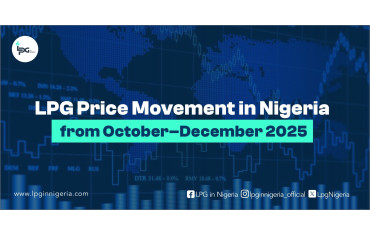
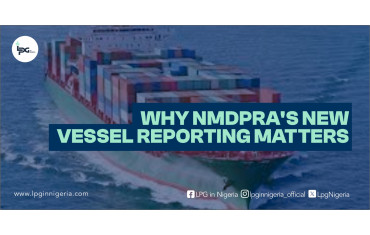
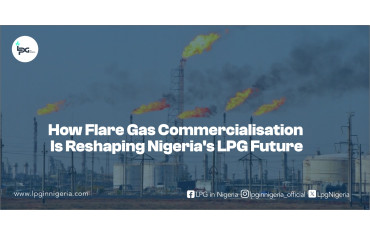


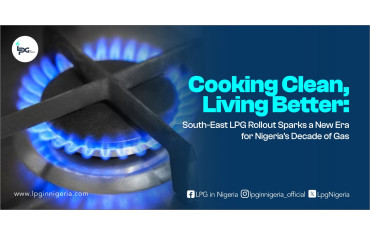
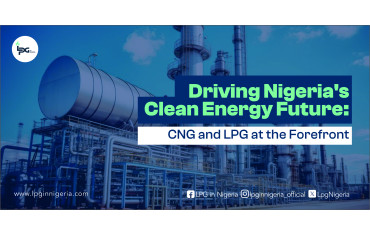
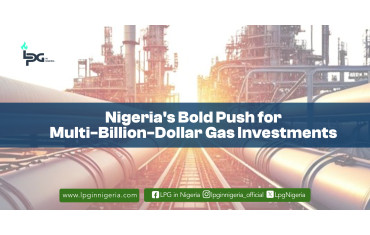
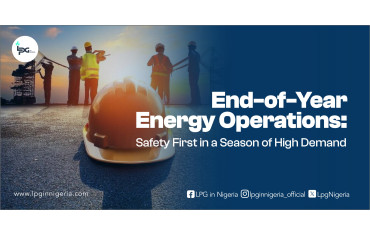
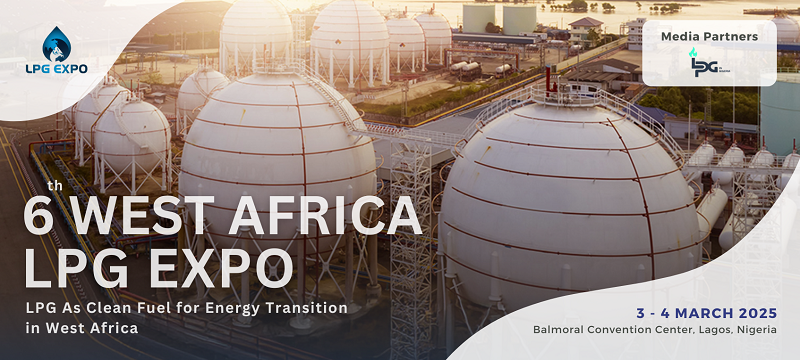

Nathaniel Shofarasin
30 June 2024 - 09:25amHi Bukola, many thanks for the insightful report
Reply